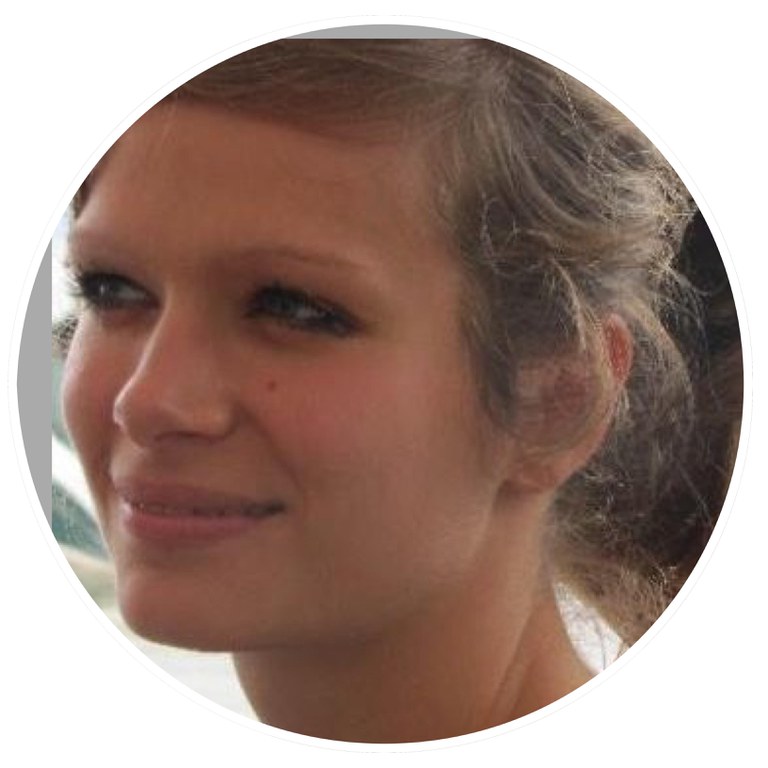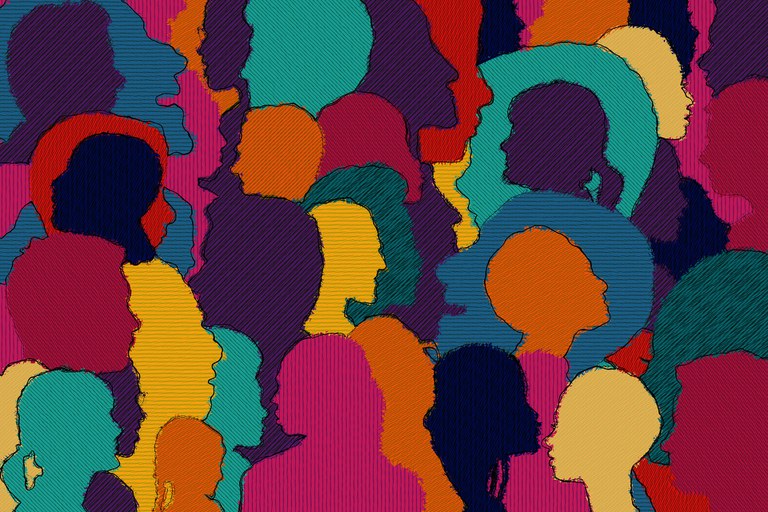Disability inclusion: Companies should recognise that diversity is a strength and a reputation enhancer
Before we talk about the “Guidelines on inclusion in textile supply chains”, I would like to talk about the term "inclusion." What does inclusion exactly mean?
Judith Kunert: Inclusion is not simply about persons with disabilities becoming integrated into our current society, but rather about society affirming the diversity of its members with their respective talents and limitations and working to dismantle existing barriers and prejudices.
Luisa Hans: Promoting inclusion means taking impaired employees with you and giving them a perspective.
Why were the "Guidelines on inclusion in textile supply chains" developed?
LH: IVN and PTS wanted to reduce prejudices and discrimination against people with disabilities and to highlight their productivity. With that the partners intended a project, that aimed to support companies along the textile value chain in supporting the employment promotion of people with disabilities in a practical way.
JK: Around 80% of the workforce in global textile supply chains are women. 15% of the population worldwide have a disability. These figures are even higher in developing country contexts, up to 30%, and women are disproportionally often affected. The numbers show that by not addressing, a lot of potential in terms of labour, skills, and innovation is simply lost.
The production pressure induced by purchasing practices of brands but also physical barriers at the workplace cause problems. Often garments and inputs are stored at ground level while production takes place at the second and third floor, an issue for persons with walking impairments, for instance.
Who are the Guidelines addressed to?
JK: We developed the guidelines for brands and suppliers alike, particularly for the members of our respective initiatives – International Association of Natural Textiles (IVN) and Partnership for Sustainable Textiles (PST) – but also beyond. That’s why the guidelines have two modules. The first module addresses brands, aiming to implement inclusion measures at headquarters but also along their global supply chains. Different business models and company sizes are taken into account.
A second module is primarily aimed at manufacturing companies in the textile industry (spinning mills, weaving mills, dye works, ready-made and textile finishing companies, etc.). The guidelines show how the topic of inclusion can be approached in cooperation with brands and trading companies. The module contains a very practical "Accessibility Checklist" for the factory level, which suppliers can use to analyze and improve the accessibility of their factory.
With whom were they developed?
LH: The guidelines were a joint project of three partners: International Association of Natural Textile Industry (Internationaler Verband der Naturtextilwirtschaft, IVN), the Partnership for Sustainable Textiles (PST), and the Global Programme Inclusion of persons with disabilities of the Deutsche Gesellschaft für Internationale Zusammenarbeit GmbH (GIZ).
JK: We were happy to have the Global Programme on board, which provided us with a lot of help and technical expertise on the topic of inclusion. They raised awareness on the issue among us and we, at the PST and IVN, benefitted very much from the cooperation and their technical knowledge. The guidelines were then written by the two external consultants, Malte Drewes and Alexander Thomas Hauschild. Malte is an expert on business and human rights with a strong focus on due diligence processes while Alexander brings in the inclusion, disability, and HR background.
Why is the topic of inclusion important and beneficial for the textile sector?
LH: There are about 60 million people employed in the garment sector worldwide. Garment factories are mostly located in low-wage countries where social standards are inadequately, and the minimum monthly wage is at a low level. Especially in the garment sector, employees are often paid per unit so that it is required to finish a large amount of units in order to earn the minimum wage. This presents a barrier to persons with disabilities. Moreover, occupational health and safety is frequently insufficient in the textile sector. People with disabilities can here be at an even higher risk if protective measures are not geared to their special needs. The further lack of social security systems in low-wage countries hit persons with disability very hard.
JK: Research shows that protection from discrimination promotes the workplace atmosphere, employee satisfaction and the quality of work. Diversity also has very positive effects on social skills of employees, innovation, and productivity.
How do we achieve inclusion of persons with disabilities?
LH: Inclusion is a journey and doesn´t happen from one day to the next. We need to start raising more and more awareness with ourselves and our surrounding. We need to address prejudices and to educate more about the topic of inclusion. Inclusion does not simply mean that persons with disabilities will be integrated but rather society affirming all talents and capabilities.
JK: An important first step is to become aware of and address one’s own biases and prejudices. Raising awareness among management and employees of the issues but also existing biases and discrimination is important to build the necessary soft skills and a non-discriminatory work atmosphere upon which more concrete steps and inclusive measures can be build.
How can the Guidelines help companies develop a better understanding of this issue?
LH: These guidelines are a first overview and introduction to the topic as inclusion of persons with disabilities are often not yet on the agenda of most companies. These guidelines are seen as an introductory tool, taking companies by the hand and guiding them through the first steps on their way to being more inclusive.
JK: Companies can find a discussion of what inclusion means, what barriers are to be addressed and find a good selection of practical recommendations to address the issue.
What measures need to be taken to make this issue heard more?
JK: Maybe we need more noise, more interviews like this, more round tables talking about experiences, and a public debate with persons with disabilities speaking up against discrimination and voicing their own experiences. The Me-Too Debate helped tremendously putting gender issues and women’s rights at the international agenda. But we do see positive developments. The fashion industry is slowly picking up on issues of discrimination. Large fashion companies are increasingly developing inclusive collections. That raises issues about inclusion at their own premises and in their supply chains. Therefore, they will need to take steps to address the issue.
LH: Everyone benefits from diversity, as it also removes the barriers to participation by persons with disabilities. Companies need to acknowledge that having a diverse workforce is a great advantage and that embarking on this path will enhance their reputation among employees and customers, but they will also gain recognition by the state and society.
Guidelines and interviews like this are a great first step in raising awareness and in creating greater interest in the topic. This can only be a first step of course though.
What advice can you give to organizations that want to promote the issue of employment of people with disabilities in the garment industry?
LH: Dare to and get into it. Get in touch with organizations or start diving into the topic of persons with disabilities through guidelines like the one we are talking about. Overcome barriers, its easier than you would think and very enriching for everyone.
JK: Get in touch with disabled people’s organizations. There are a number of contacts provided in the guidelines. They have the expertise and knowledge on barriers to inclusion and daily obstacles persons with disabilities face. They can help analyse accessibility and identify physical and other barriers. But also raise awareness on one’s own biases and prejudices. Working with experts of the GIZ global program and external experts on the topic was eye-opening for us.

Luisa Hans is working in Project Management at IVN (International Association of Natural Textil Industry) and is responsible for marketing, events, member support and projects.

Judith Kunert works as project manager at the Partnership for Sustainable Textiles where she supports member companies to conduct corporate due diligence with a special focus on issues of forced labour and gender-based violence.

